Home>Furniture & Design>Outdoor Furniture>Outdoor Spigot Leaks When Hose Attached
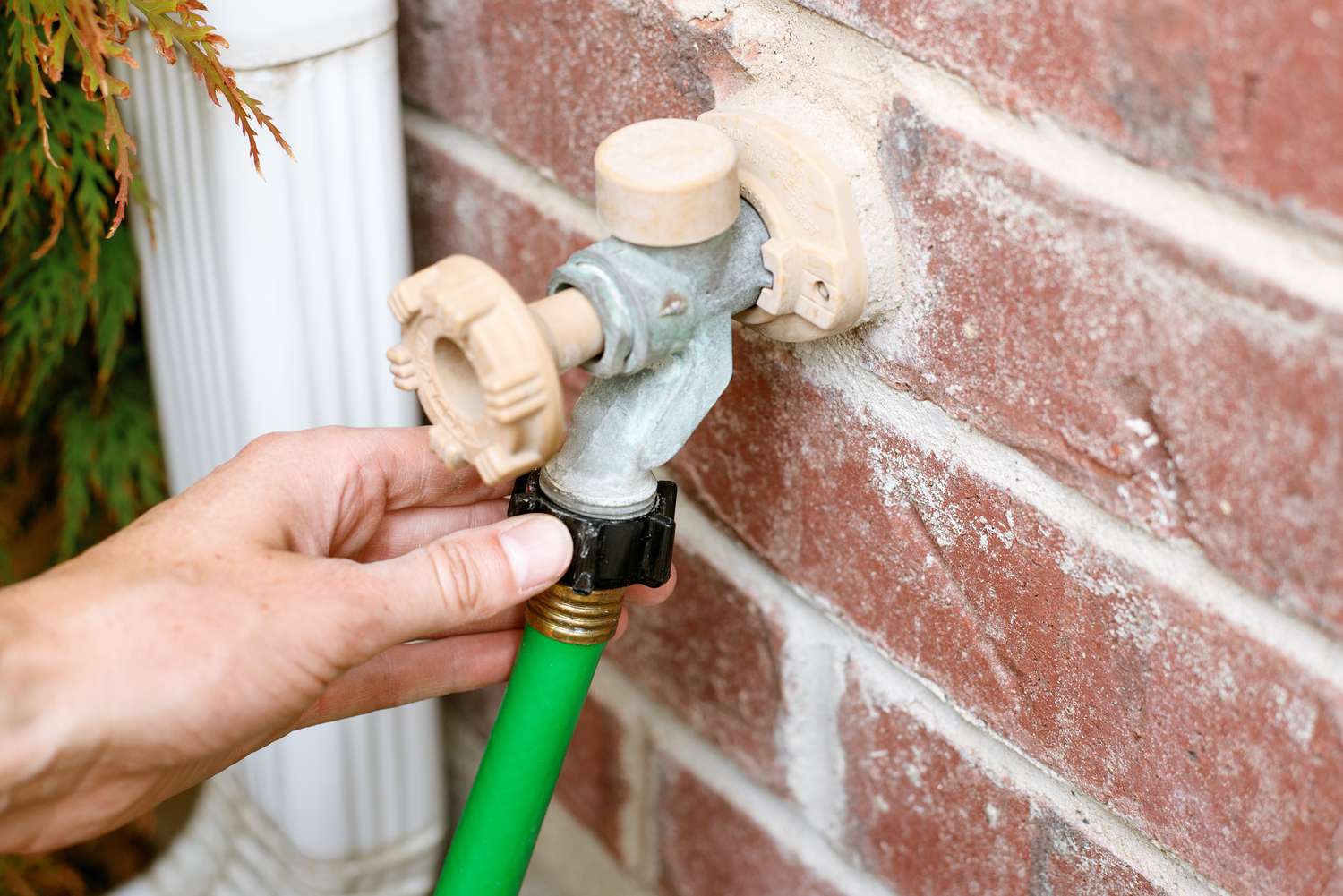

Outdoor Furniture
Outdoor Spigot Leaks When Hose Attached
Modified: May 6, 2024
Prevent outdoor spigot leaks with our durable and stylish outdoor furniture. Explore our wide selection of outdoor furniture and design options today.
(Many of the links in this article redirect to a specific reviewed product. Your purchase of these products through affiliate links helps to generate commission for Storables.com, at no extra cost. Learn more)
Introduction
When it comes to maintaining a functional outdoor space, having a reliable water source is paramount. Whether you're tending to a flourishing garden, washing your car, or simply quenching your plants' thirst, an outdoor spigot serves as a vital component. However, what happens when this essential fixture begins to leak, especially when a hose is attached? The resulting inconvenience and potential water wastage can be a cause for concern. In this article, we will explore the common causes of outdoor spigot leaks when a hose is attached, along with practical solutions to address this issue. By understanding the underlying reasons and implementing effective remedies, you can restore the functionality of your outdoor spigot and prevent future leaks. So, let's dive into the world of outdoor spigots and unravel the mystery behind those pesky leaks.
Key Takeaways:
- Outdoor spigot leaks with a hose can be caused by worn-out washers, loose connections, or corrosion. By fixing these issues and taking preventive measures, you can ensure a reliable water source for your outdoor activities.
- Regular maintenance, seasonal winterization, and quality hose selection are key to preventing future outdoor spigot leaks. By staying proactive and addressing issues promptly, you can enjoy a hassle-free outdoor watering experience.
Read more: How To Extend Outdoor Water Spigot
Identifying the Problem
Before delving into solutions, it’s crucial to accurately identify the issue at hand. When you notice water seeping from your outdoor spigot while a hose is attached, it’s evident that a leak has occurred. However, pinpointing the exact source and cause of the leak is the first step in resolving the problem effectively. Start by examining the area where the spigot meets the hose, as well as the connections between the spigot, hose, and any additional attachments.
Another aspect to consider is the intensity of the leak. Is it a slow drip or a more substantial flow of water? This observation can provide valuable insights into the severity of the issue and help determine the appropriate course of action. Additionally, take note of any unusual sounds or vibrations emanating from the spigot when the leak occurs, as these could indicate underlying issues.
Furthermore, consider the age and condition of the spigot and hose. Over time, wear and tear, corrosion, or damage can compromise the integrity of these components, leading to leaks. By thoroughly assessing these factors, you can gain a clearer understanding of the problem and prepare to address it effectively.
Once you’ve identified the issue and its potential causes, you can proceed to explore the common culprits behind outdoor spigot leaks when a hose is attached, shedding light on the underlying reasons for this inconvenience.
Causes of Outdoor Spigot Leaks
Several factors can contribute to leaks in outdoor spigots when a hose is attached. Understanding these causes is essential for implementing targeted solutions and preventing future occurrences. Here are some common culprits behind outdoor spigot leaks:
- Worn-out Washer: A deteriorated or improperly fitted washer within the spigot can result in leaks. Over time, the washer may degrade due to constant use and exposure to the elements, leading to compromised sealing and water seepage.
- Loose Connections: Inadequately secured or loosely connected hose fittings can allow water to escape at the point of attachment. This can occur due to improper installation, wear and tear, or insufficient tightening of the connections.
- Faulty O-rings: O-rings, which provide a seal between the spigot and hose connectors, may degrade or become misaligned, leading to leaks. Inspecting and replacing damaged O-rings can rectify this issue.
- Corrosion and Mineral Buildup: Over time, outdoor spigots and hose fittings can accumulate rust, corrosion, or mineral deposits, compromising their integrity and causing leaks. This is particularly common in regions with hard water, where mineral buildup is prevalent.
- Freezing and Thawing: In colder climates, water left in the hose or spigot during freezing temperatures can expand and damage the components, leading to leaks when the hose is reattached. Proper winterization and drainage can mitigate this risk.
- Damaged Hose: A damaged or worn-out hose, characterized by cracks, splits, or weakened areas, can contribute to leaks when connected to the spigot. Regularly inspecting and maintaining the hose is essential for preventing such issues.
By recognizing these potential causes, you can narrow down the source of the leak and proceed to address it effectively. Next, we’ll explore practical solutions for fixing outdoor spigot leaks when a hose is attached, providing you with the knowledge and guidance to tackle this common household concern.
Make sure the hose is securely attached and the rubber washer is in good condition. If the leak persists, the spigot may need to be tightened or have its washer replaced.
Fixing the Leaks
Addressing outdoor spigot leaks when a hose is attached often involves targeted solutions tailored to the specific cause of the issue. By identifying the underlying problem, you can proceed to implement the appropriate remedy. Here are practical steps for fixing the leaks:
- Replace the Washer: If a worn-out or ill-fitted washer is identified as the culprit, replacing it can restore the spigot’s seal and halt the leaks. Ensure that the new washer is compatible with the spigot and properly installed for an effective seal.
- Tighten Connections: Inspect the hose connections and ensure they are securely fastened to the spigot and other fittings. Use appropriate tools to tighten any loose connections, preventing water from escaping at these points.
- Inspect and Replace O-rings: Examine the O-rings within the hose connectors and the spigot, replacing any damaged or misaligned O-rings to reinstate a watertight seal.
- Remove Corrosion and Mineral Buildup: Clean the spigot and hose fittings to eliminate any corrosion or mineral deposits that may compromise their integrity. Utilize appropriate cleaning agents or solutions to dissolve and remove buildup, restoring the components’ functionality.
- Winterize the Spigot: In regions prone to freezing temperatures, take measures to winterize the outdoor spigot, such as draining the water and insulating the spigot to prevent freezing and subsequent damage that could lead to leaks.
- Replace the Hose: If a damaged hose is identified as the source of the leaks, replacing it with a new, high-quality hose can resolve the issue. Ensure the new hose is compatible with the spigot and free from defects that could lead to leaks.
By addressing the specific cause of the leak using these targeted solutions, you can effectively rectify the issue and restore the functionality of your outdoor spigot. However, proactive measures can also be taken to prevent future leaks, ensuring long-term reliability and efficiency.
Preventing Future Leaks
After addressing outdoor spigot leaks, it’s essential to take proactive measures to prevent future occurrences, promoting the long-term functionality and reliability of your water fixtures. By implementing preventive strategies, you can minimize the risk of leaks and maintain an efficient outdoor water source. Here are effective ways to prevent future leaks:
- Regular Maintenance: Schedule routine inspections of your outdoor spigot and hose, checking for signs of wear, damage, or deterioration. Addressing minor issues promptly can prevent them from escalating into significant leaks.
- Seasonal Winterization: In colder climates, properly winterize your outdoor spigot by draining any remaining water and insulating the fixture to safeguard it against freezing and potential damage. This proactive step can prevent leaks caused by freezing and thawing cycles.
- Quality Hose Selection: Invest in a high-quality hose that is durable and resistant to damage, minimizing the risk of leaks due to hose-related issues. Opt for hoses with robust construction and reliable connectors for long-term performance.
- Use of Hose Reels or Hangers: Storing your hose on a reel or hanger when not in use can prevent kinks, tangles, and physical damage that may lead to leaks. Proper storage promotes the longevity of the hose and reduces the likelihood of leaks.
- Periodic Cleaning: Regularly clean your outdoor spigot and hose fittings to remove any buildup of debris, corrosion, or mineral deposits. This maintenance practice can preserve the integrity of the components and prevent leaks caused by compromised seals.
- Timely Repairs: Address any identified issues promptly, whether it’s a worn-out washer, damaged O-ring, or loose connection. Timely repairs can prevent minor concerns from escalating into significant leaks, saving you time and resources in the long run.
By incorporating these preventive measures into your maintenance routine, you can significantly reduce the likelihood of outdoor spigot leaks when a hose is attached, ensuring a reliable and efficient water source for your outdoor activities. With these proactive strategies in place, you can enjoy peace of mind knowing that your water fixtures are well-maintained and leak-resistant.
Read more: How To Change An Outdoor Spigot
Conclusion
Outdoor spigot leaks when a hose is attached can disrupt your gardening, cleaning, and watering routines, causing inconvenience and potential water wastage. However, by understanding the common causes of these leaks and implementing effective solutions, you can restore the functionality of your outdoor water source and prevent future occurrences. Whether it’s a worn-out washer, loose connections, corrosion, or hose-related issues, targeted remedies can address the root cause and rectify the leaks.
Moreover, taking proactive measures, such as regular maintenance, seasonal winterization, and quality hose selection, can significantly reduce the risk of future leaks, promoting the long-term reliability of your outdoor spigot. By incorporating these preventive strategies into your maintenance routine, you can safeguard against potential leaks and ensure a consistent and efficient water supply for your outdoor activities.
Remember, timely repairs and attentive maintenance are key to preserving the integrity of your outdoor spigot and hose, minimizing the likelihood of leaks and prolonging the lifespan of these essential fixtures. By staying proactive and addressing any issues promptly, you can enjoy a seamless outdoor watering experience without the hassle of leaks and water wastage.
So, the next time you encounter a leaky outdoor spigot, armed with the knowledge and solutions provided in this article, you can tackle the issue with confidence and restore your outdoor water source to its optimal condition. With a well-maintained and leak-resistant spigot, you can embark on your outdoor endeavors with ease, knowing that your water fixture is primed for reliable performance.
After tackling spigot leaks, you might wonder about other potential issues lurking in your pipes. If you're noticing unusual noises, slow drains, or any other signs that something's not quite right, learning how to spot these early can save you a headache later. Don’t miss our guide on how to determine if plumbing repairs are necessary, where we cover all you need to know about keeping your plumbing in top shape without all the fuss.
Frequently Asked Questions about Outdoor Spigot Leaks When Hose Attached
Was this page helpful?
At Storables.com, we guarantee accurate and reliable information. Our content, validated by Expert Board Contributors, is crafted following stringent Editorial Policies. We're committed to providing you with well-researched, expert-backed insights for all your informational needs.
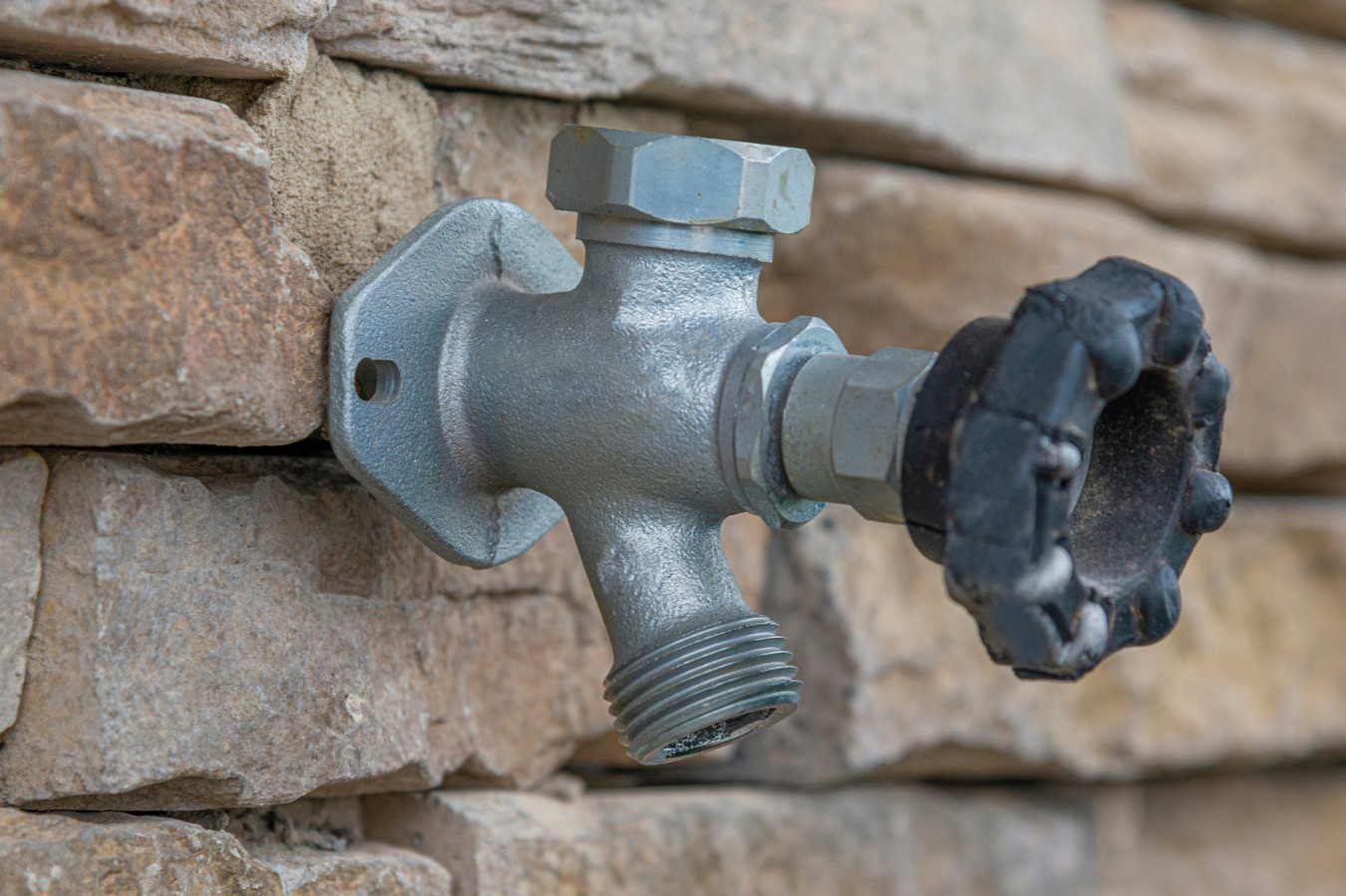
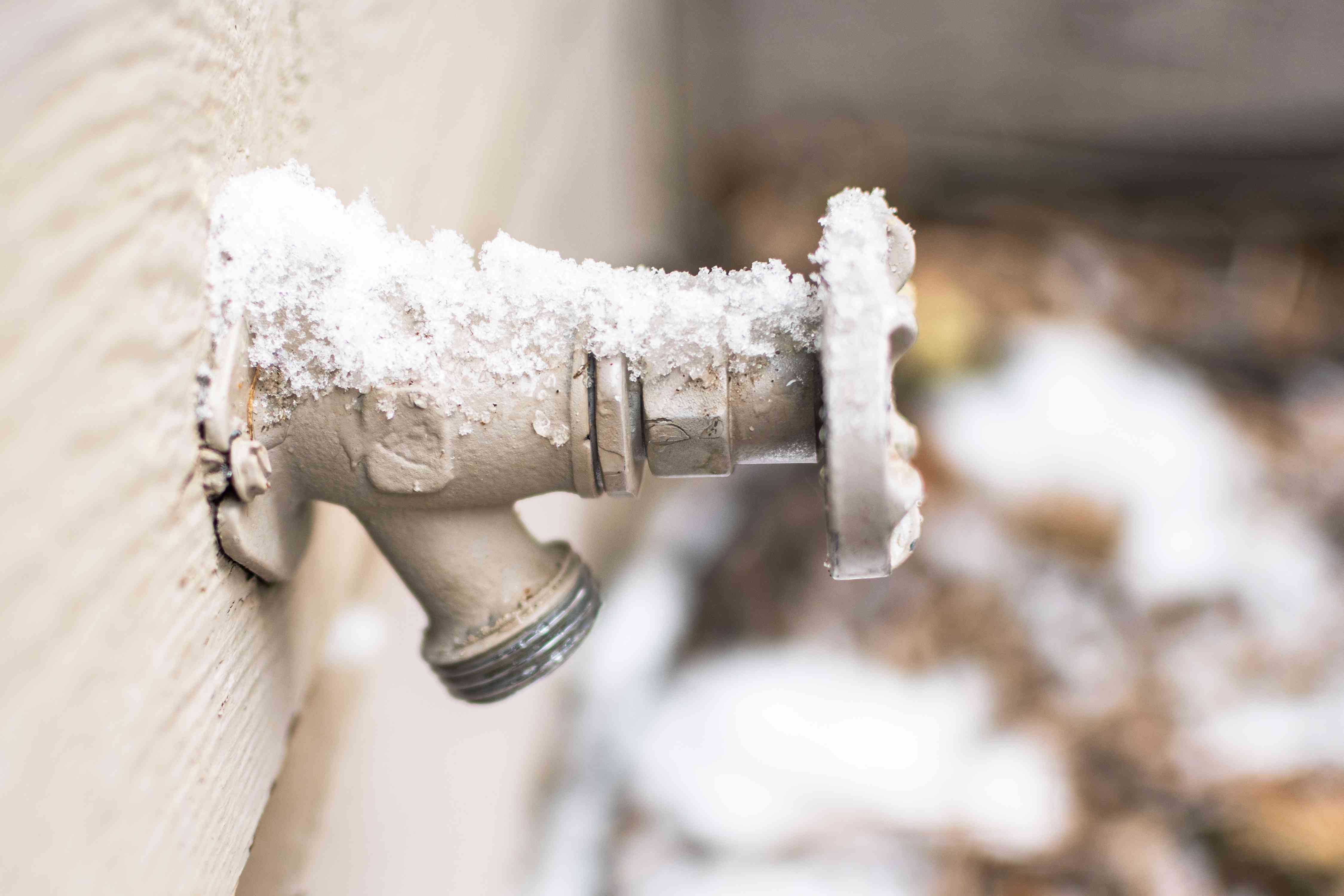
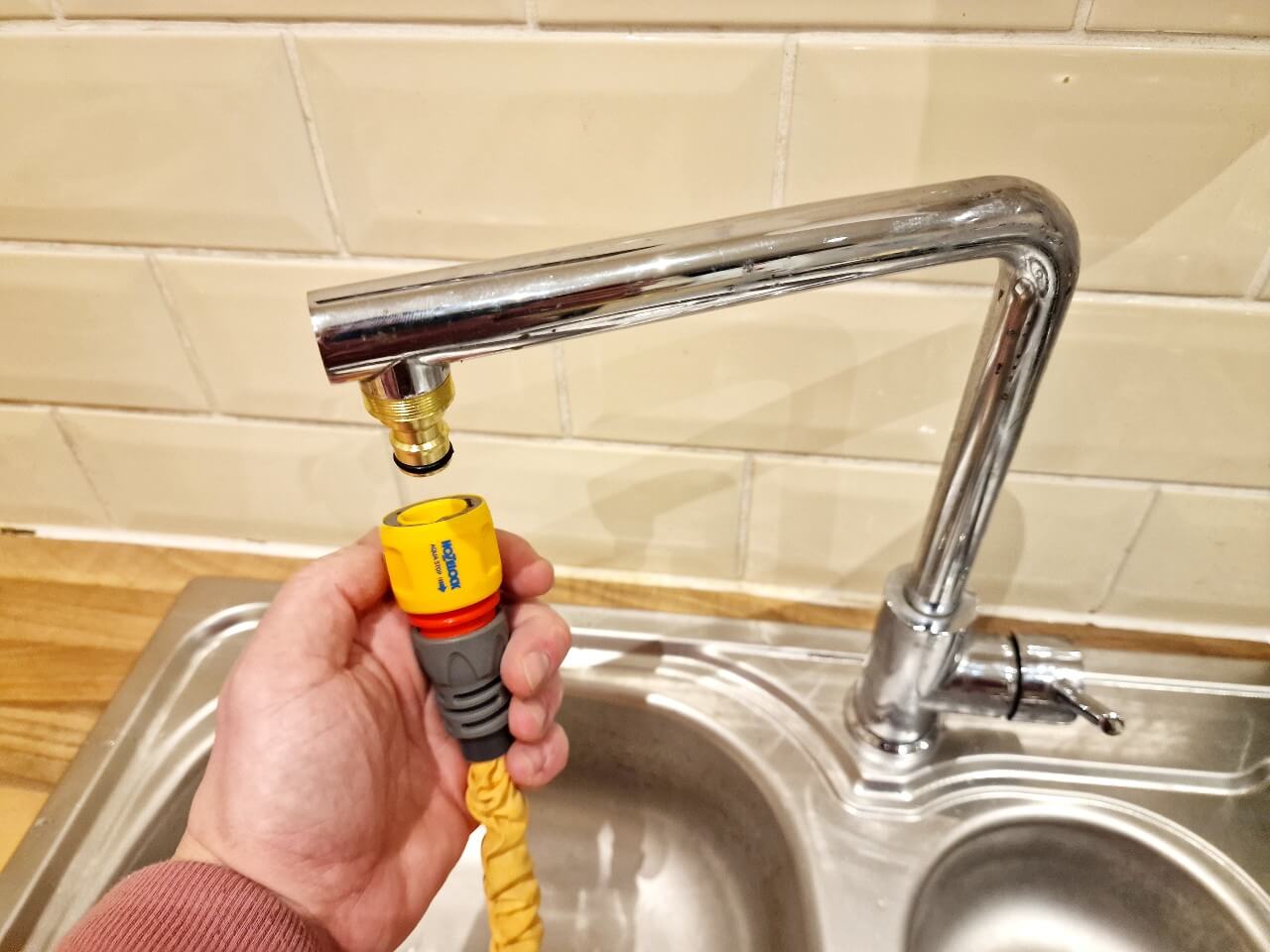



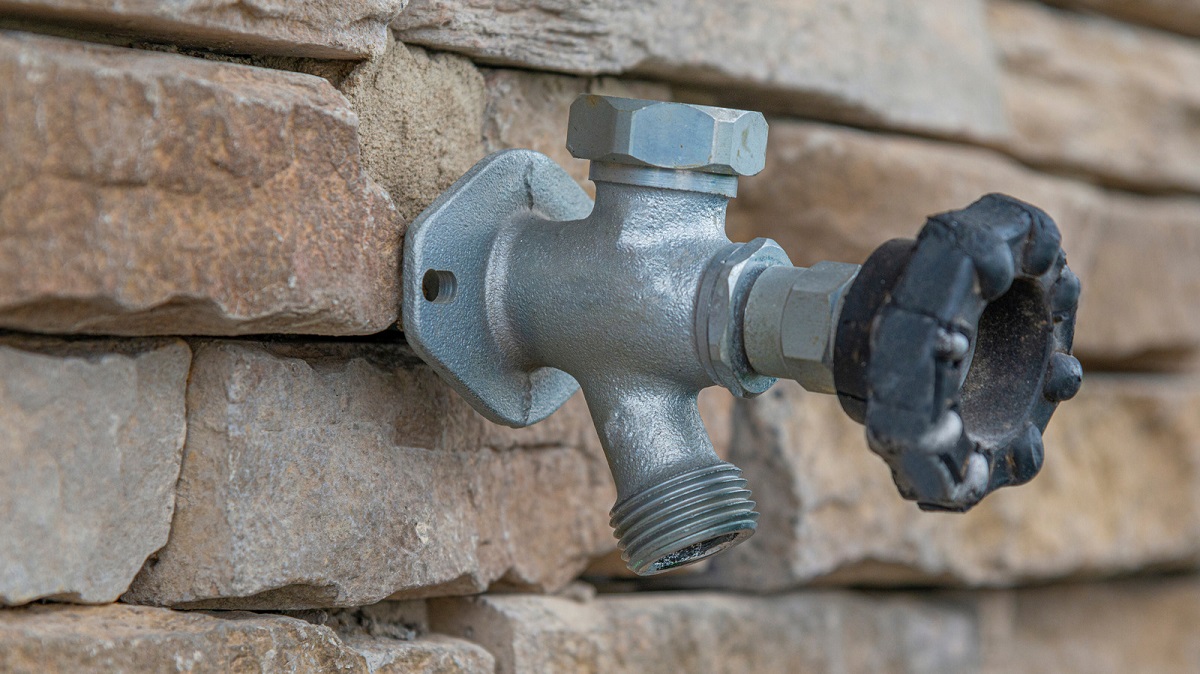
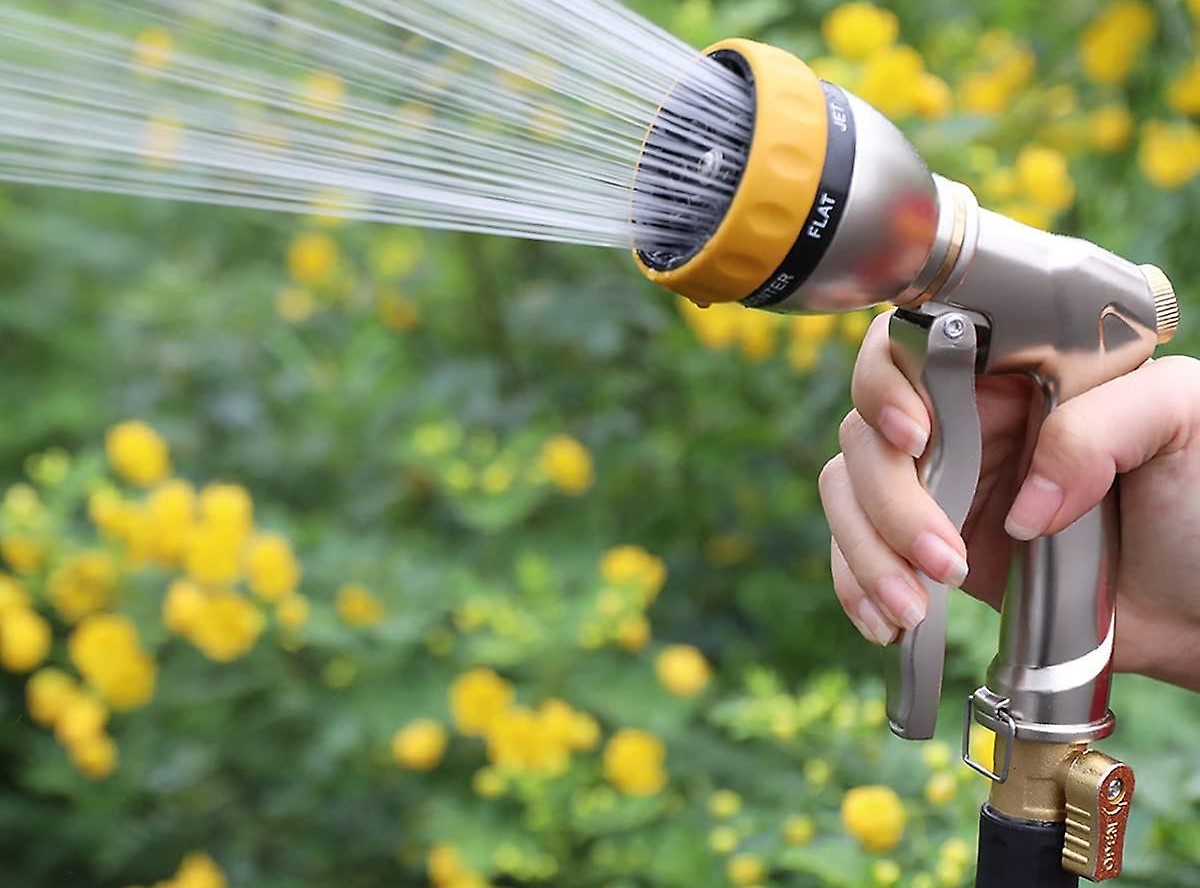
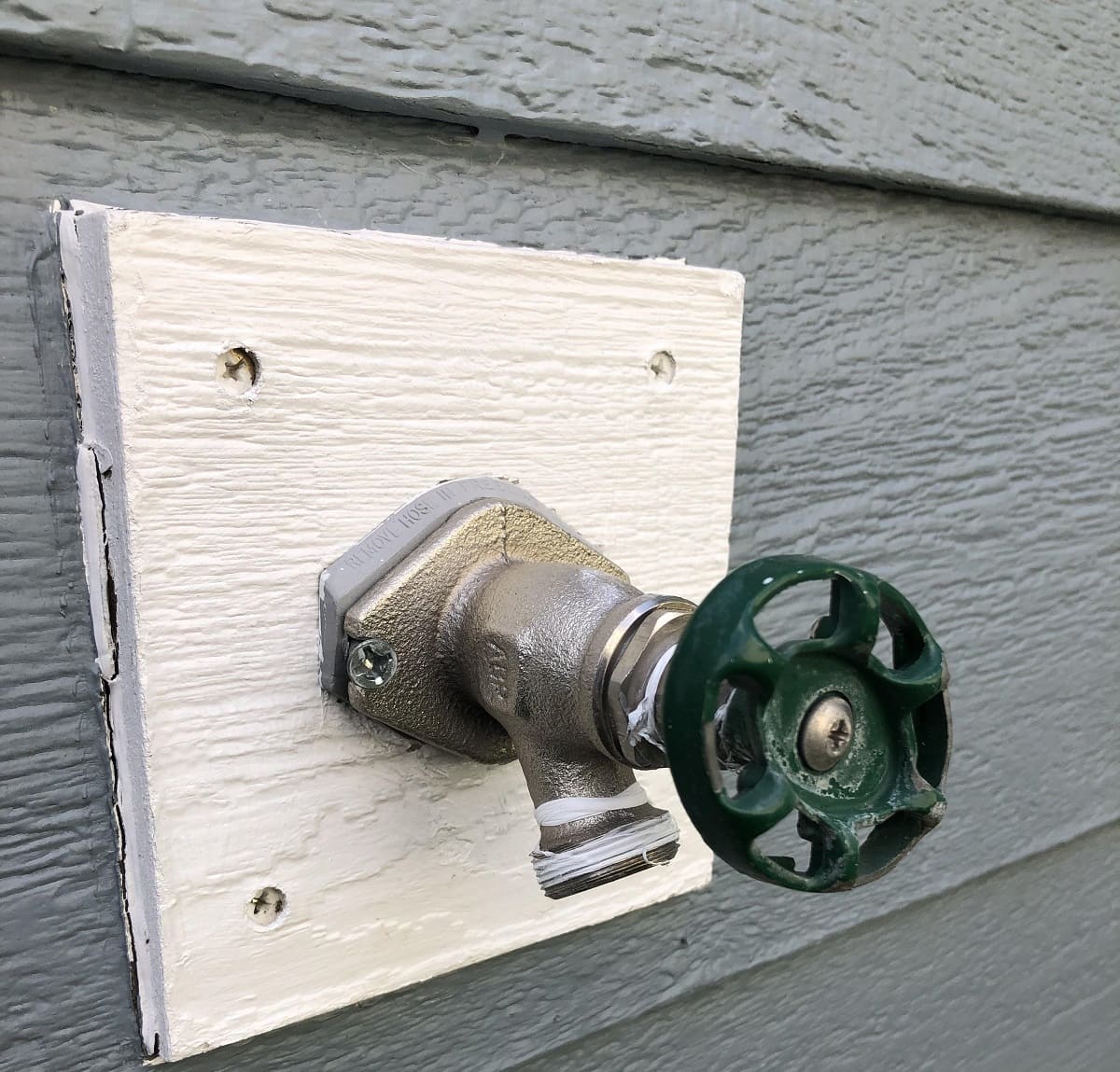
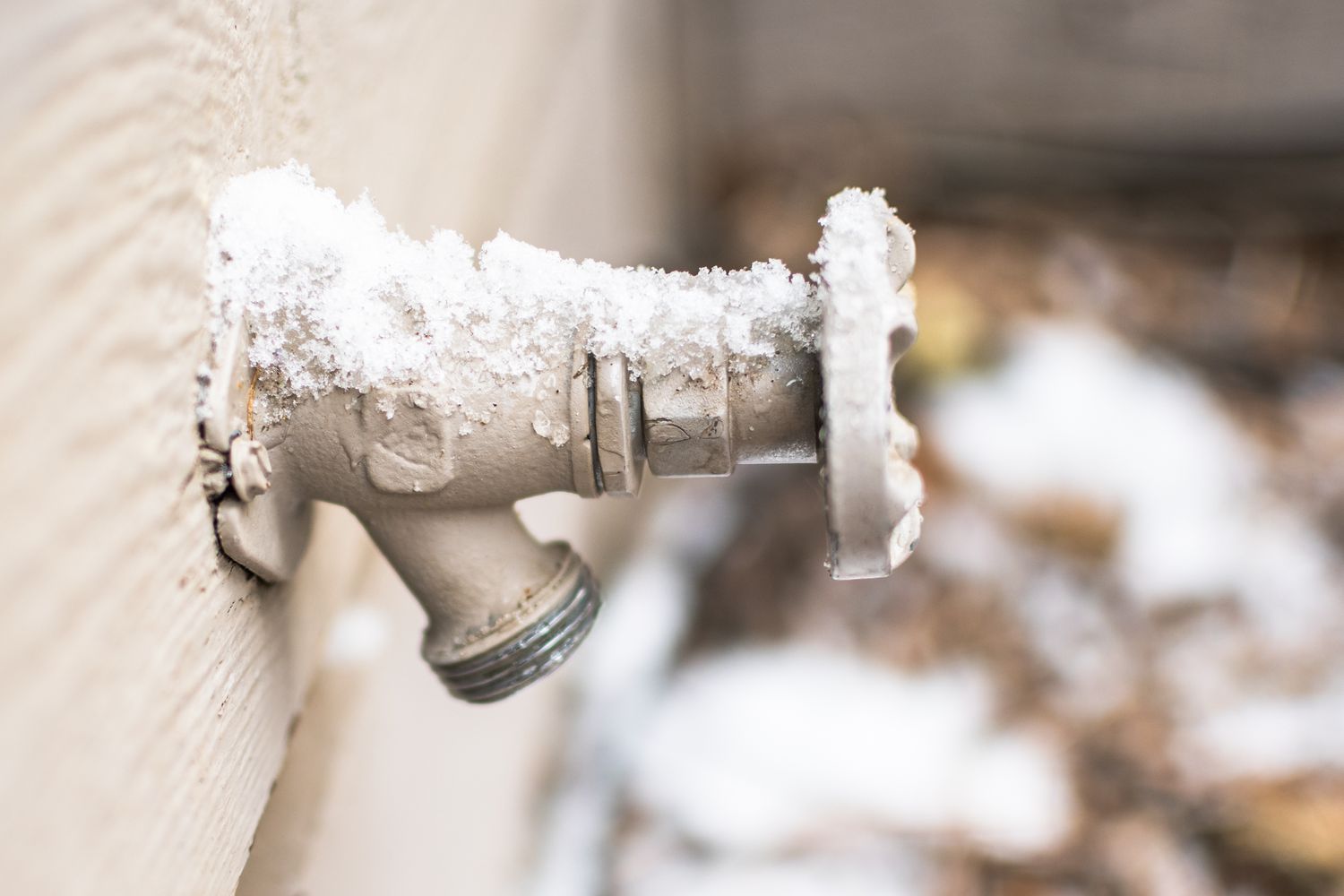
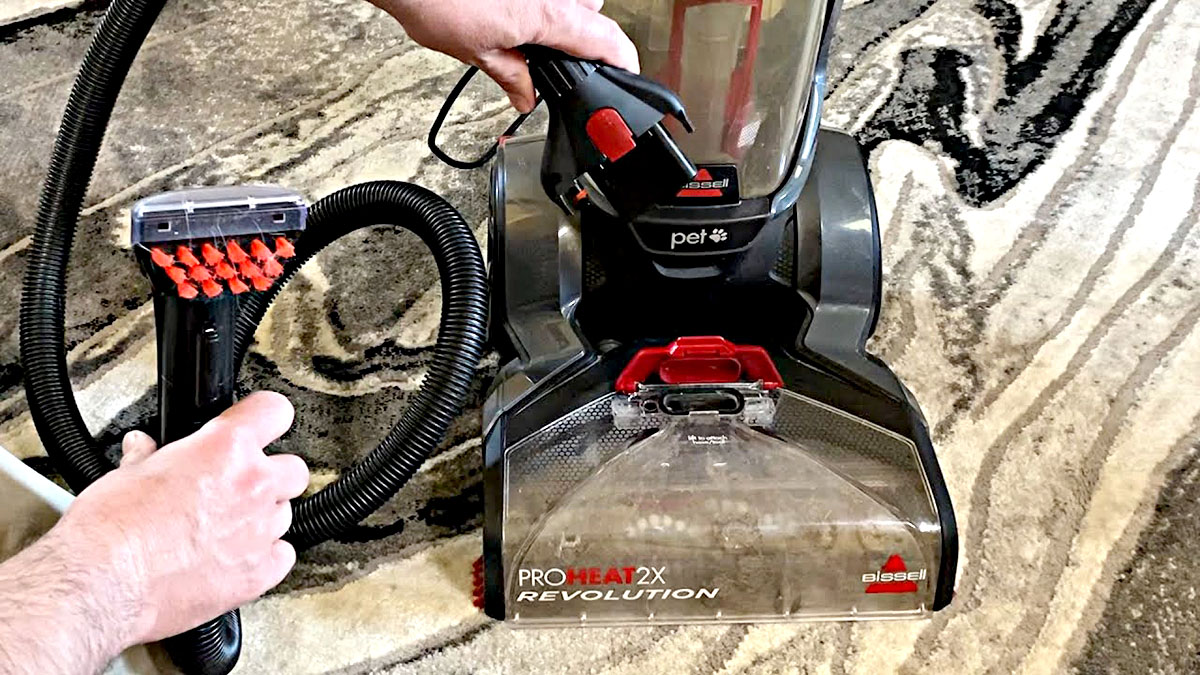
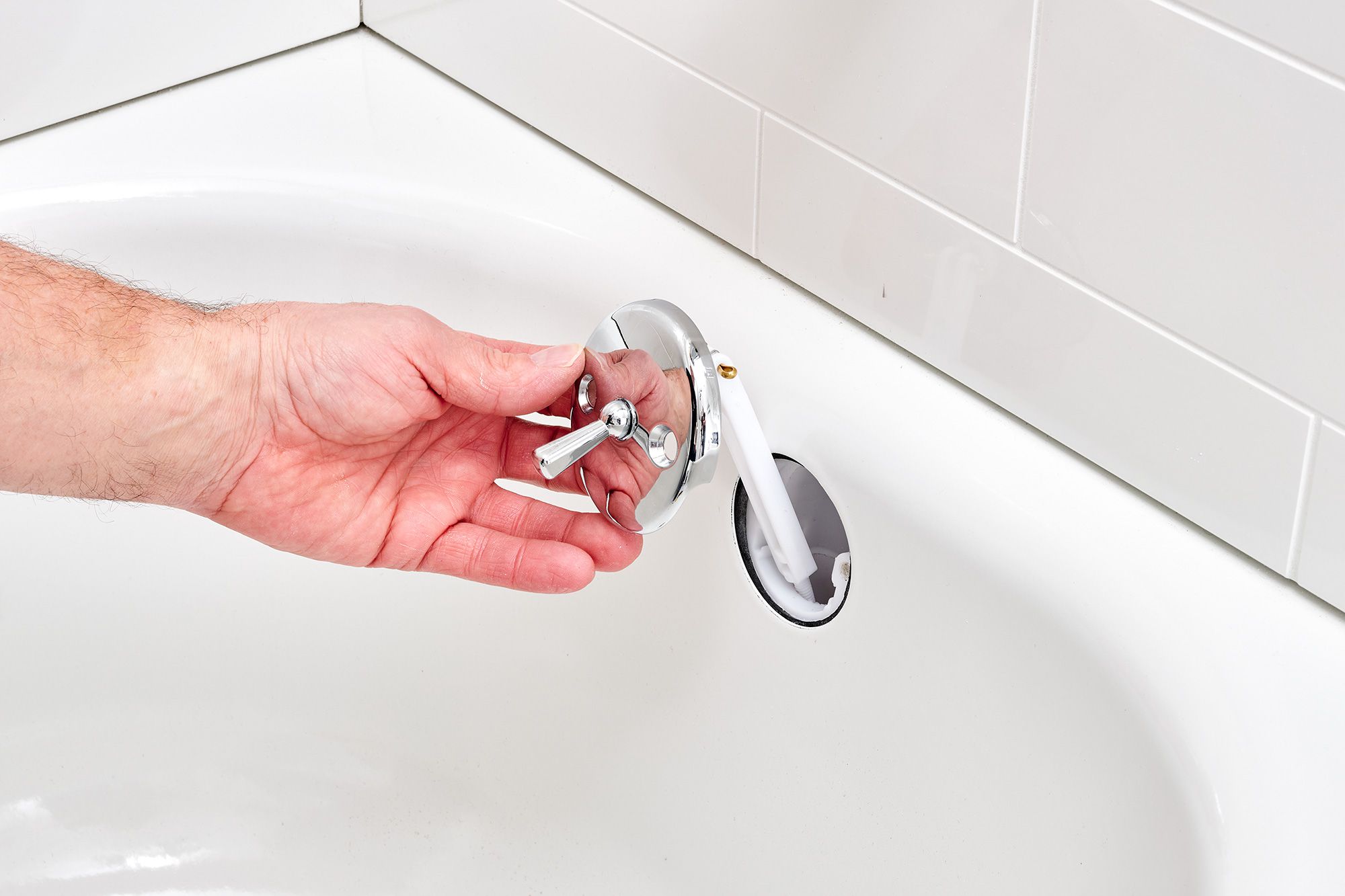
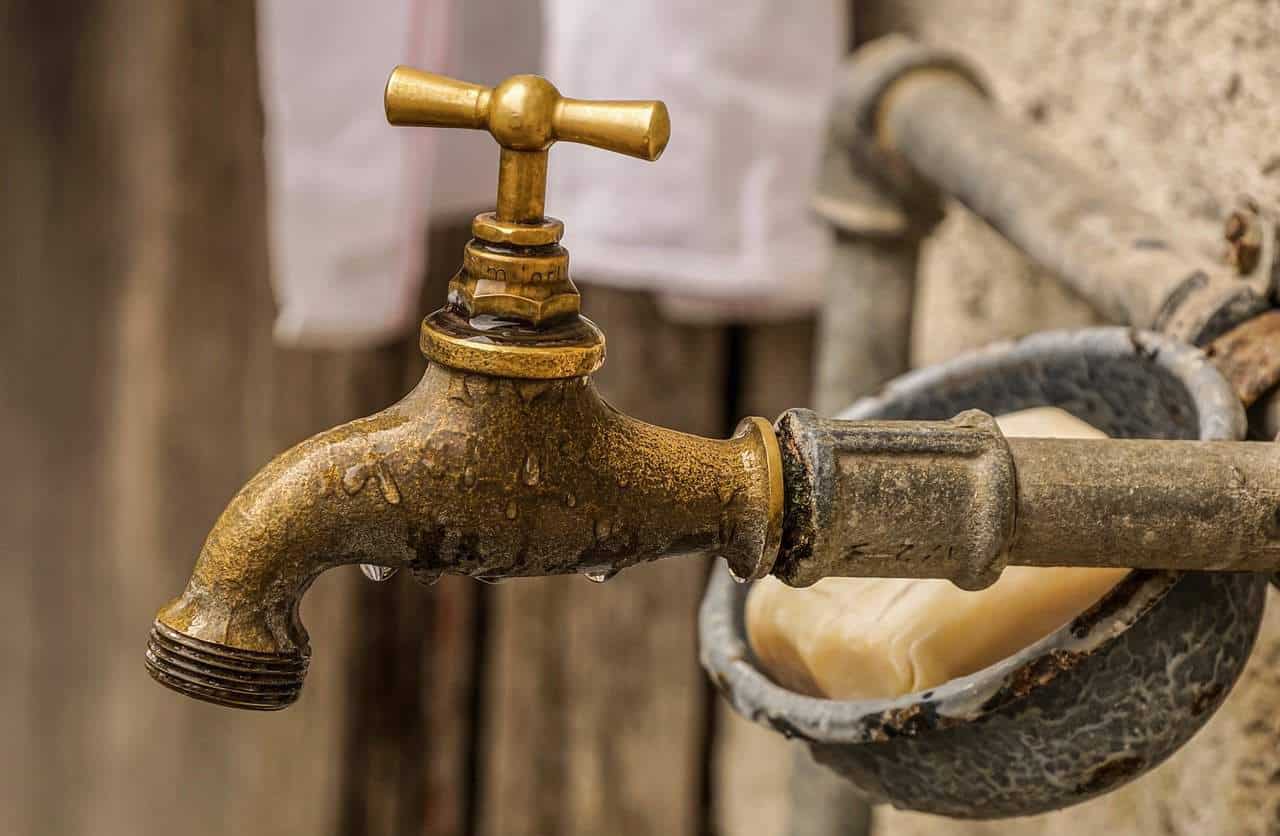


0 thoughts on “Outdoor Spigot Leaks When Hose Attached”